
Rwanda, often called the “Land of a Thousand Hills,” is a beautiful and fast-developing country with a well-organized public transport system. Whether you’re visiting for a short stay or planning a longer trip, understanding how to navigate Rwanda’s transportation network will help you save money and make your journey more enjoyable. Kigali, the capital city, is particularly known for its clean streets, orderliness, and efficient transport services. Unlike many other African capitals, Kigali’s transportation system is relatively structured, making it easier for both locals and tourists to get around.
Public transport in Rwanda is not only affordable but also widely available. Various modes of transport cater to different needs, whether you prefer the affordability of buses, the speed of moto-taxis, or the convenience of taxis. While it may take some time to get used to the system, once you do, you’ll find it to be a seamless experience. The government has made great strides in improving infrastructure, ensuring safer roads, and introducing digital payment methods like the Tap&Go system for buses, which has enhanced the efficiency of commuting.
In this guide, we’ll cover the different types of public transport available, how to pay for your rides, insider tips to help you save money, and safety recommendations to ensure a smooth travel experience. Whether you’re traveling between cities, commuting daily in Kigali, or just need a quick ride from one place to another, this guide will provide you with all the essential information you need to make the most of Rwanda’s public transport system.
1. Types of Public Transport in Rwanda
Buses
Buses are the most popular and budget-friendly way to travel in Rwanda, especially in the capital, Kigali. The major bus operators include:
- Kigali Bus Service (KBS)
- Royal Express
- Rwanda Federation of Transport Cooperatives (RFTC)
These buses cover major routes within Kigali and also connect to other regions. Fares range from RWF 200 to RWF 500 within the city.
Moto-Taxis
Moto-taxis (motorcycle taxis) are the fastest way to get around, particularly for short distances. They are widely available and offer a convenient way to beat traffic. Prices depend on the distance but generally start at RWF 300 for short trips. Ensure the driver provides a helmet for safety.
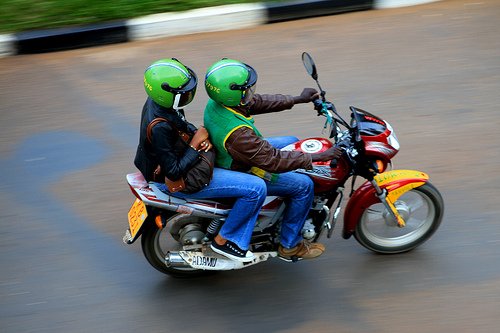
Taxi-Vans (Matatus)
These shared minivans operate on set routes and are commonly used for intercity travel. They are cheaper than buses but can be crowded. Fares vary based on distance, usually ranging from RWF 500 to RWF 1,500.
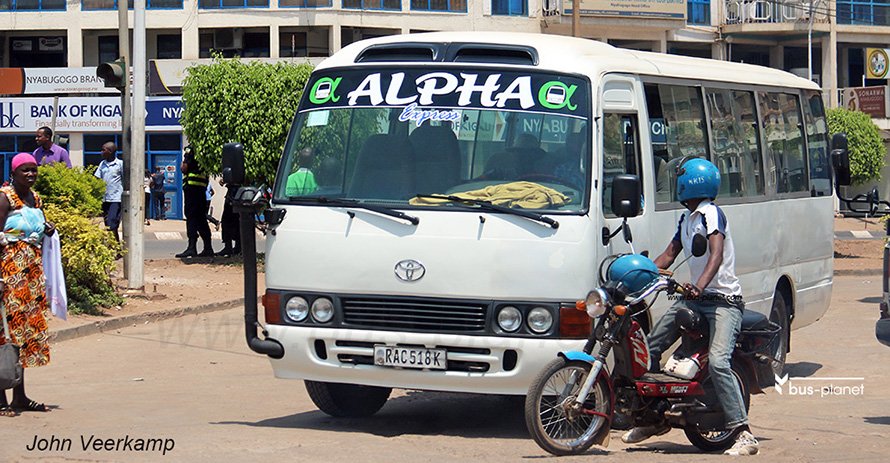
Special Taxis (Yego Cabs, Move, etc.)
For a more comfortable but pricier option, taxis and ride-hailing services like Yego Cabs and Move are available. Unlike buses and moto-taxis, these charge higher rates but can be shared to reduce costs.
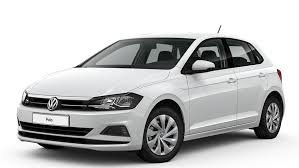
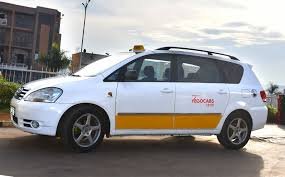
2. How to Pay for Public Transport
Tap&Go Card System
Most buses in Kigali use the Tap&Go card system, which allows cashless payments. You can buy and reload the card at bus stations and authorized vendors.
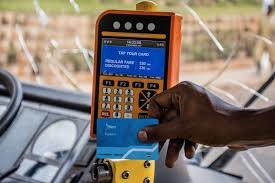
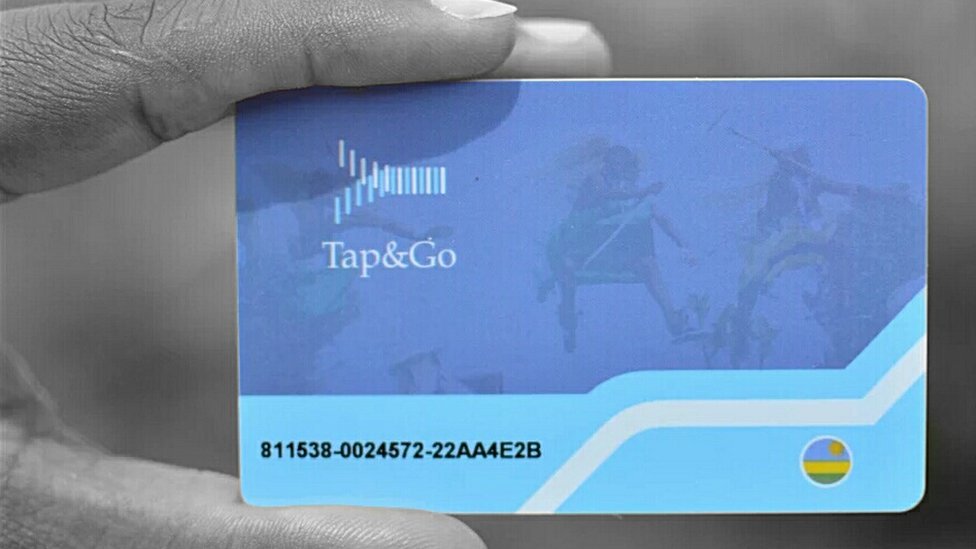
Cash Payments
Moto-taxis, taxi-vans, and special taxis usually accept cash payments. Having small bills helps when negotiating fares.
Mobile Money Payments
Some taxi services and even moto-taxi drivers accept payments through mobile money services like MTN Mobile Money or Airtel Money.

3. Insider Tips to Save Money
- Travel Off-Peak Hours: Buses and taxis are less crowded in the late morning and early afternoon, making travel more comfortable and efficient.
- Negotiate Moto-Taxi Fares: Moto-taxi fares are negotiable, so ask locals about the standard prices before agreeing.
- Use Public Buses Instead of Special Taxis: Buses are significantly cheaper than taxis for the same routes.
- Consider Monthly Tap&Go Subscriptions: If you’re staying long-term, a subscription can save you money on bus fares.
4. Safety and Comfort Tips
- Wear a Helmet on Motos: Always ensure the moto-taxi driver provides a helmet.
- Be Aware of Your Belongings: Like in any other city, keep your bags and valuables secure.
- Know the Local Etiquette: Greet drivers politely, and avoid loud conversations on public transport.
sing public transport in Rwanda is not only affordable but also a great way to experience the country like a local. Whether you choose buses, moto-taxis, or shared vans, there are plenty of budget-friendly options. By familiarizing yourself with the different transport modes, payment methods, and insider tips, you can navigate Rwanda efficiently without unnecessary expenses.
For visitors and long-term residents alike, Rwanda’s transport system provides a reliable and convenient way to move around. With well-maintained roads, structured public transit, and digital payment options, transportation in Rwanda is more accessible than ever. Understanding the best routes, knowing when to travel, and using cost-effective strategies will help you maximize savings while enjoying your journey.
Moreover, safety should always be a priority. Wearing a helmet on a moto-taxi, keeping an eye on your belongings, and respecting local customs will make your travel experience smooth and hassle-free. Engaging with locals, asking for directions when needed, and embracing Rwanda’s efficient public transport culture can make your trip even more rewarding.
Ultimately, navigating Rwanda using public transport offers a unique perspective of the country and its people. Whether you’re commuting for daily activities, exploring the scenic beauty of the countryside, or simply getting from one point to another, Rwanda’s transport system provides an affordable and accessible option. By following this guide, you can confidently explore Rwanda while staying within your budget and making the most of your travel experience.

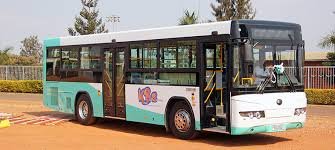
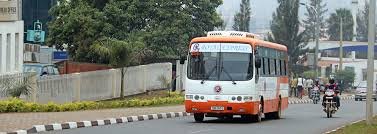
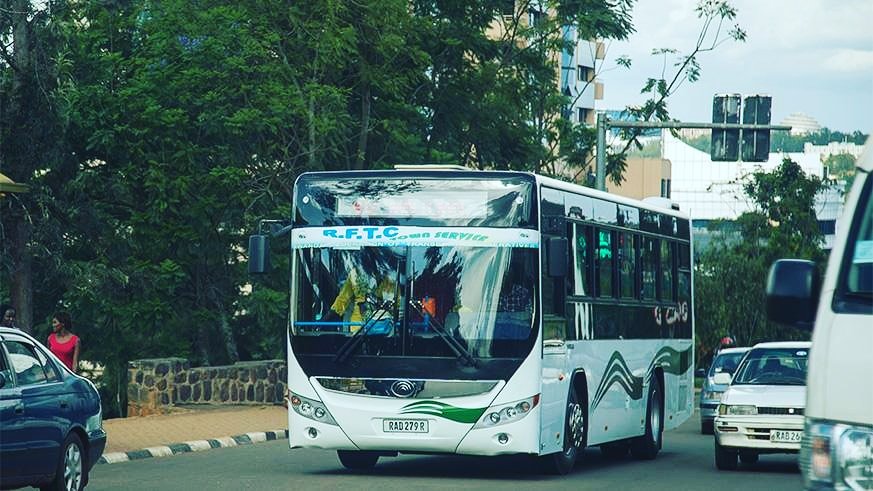
Your work strikes a balance that few writers manage to achieve — it is both intellectually stimulating and emotionally resonant. There is a seamless flow from one idea to the next, and each paragraph is like a stepping stone leading the reader toward a deeper understanding of both the topic and the self. I feel as though I’ve gained not just knowledge, but a new way of seeing the world.
Thank you so much for your kind and generous words. It truly means a lot to know that the blog resonated with you on both an intellectual and emotional level. My goal with SeeRwanda has always been to share meaningful stories and insights that not only inform but also inspire new perspectives. I’m deeply grateful for your support and hope to continue offering content that connects with readers in this way.
We are a professional full-service transportation company and we provide the best party transportation in Abu dhabi, Sharjah, and Dubai.
Thank you for sharing about your services. It’s great to know there are reliable options for party transportation in Abu Dhabi, Sharjah, and Dubai. I’ll definitely keep your company in mind for readers or travelers looking for comfortable and professional group transport in the UAE.
I am impressed with this web site, real I am a big fan .
I really appreciate